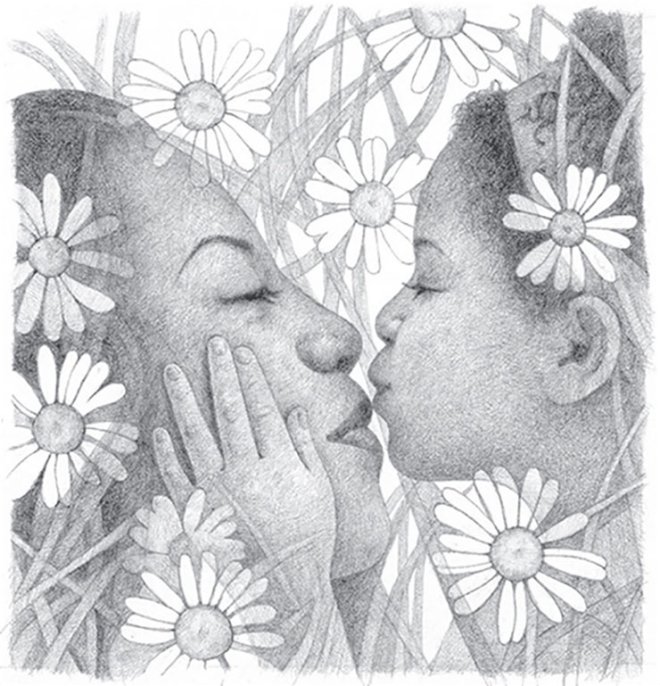
It’s no wonder why hospitals and mental health facilities build healing gardens for their patients. There is no such place that can change your mindset so easily than the scent of a lilac tree in bloom, or fresh-cut grass on bare feet.
Of course, sometimes what’s meant to be your own personal healing garden can also revolt on you. A swarm of spider mites can change my mood in unintended ways certainly, but I think a true healing garden is the one you grew yourself. Or perhaps, one that your mother grew.
Now you know when one of the headlines on a GreenPrints story includes “for my mother” it’s going to be a good one, and there might be some tearing up involved, but I think you’ll find that today’s story “One Million Daisies” is quite satisfying in its reflection.
When you read this piece, you’ll see what I mean—and you may find yourself counting your own one million daisies.
Discover 7 top tips for growing, harvesting, and enjoying tomatoes from your home garden—when you access the FREE guide The Best Way to Grow Tomatoes, right now!
Healing Garden for One (Million) Please
This story comes from The Weeder’s Reader: GreenPrints’s Greatest Stories and was written by Marilyn Kendall. Pieces like these about healing gardens always tug on my heartstrings, but they’re just so necessary to share because they offer such great lessons we can all relate to.

One Million Daisies
For my mother.
By Marilyn Kendall
A million daisies have invaded my mother’s garden. They grow rampant among the phlox and delphinium, the lilies and the roses. She doesn’t want their scraggly disorder in her picture-perfect beds, but she cannot stand to kill anything, especially a flower. In her stronger—or weaker—moments she attempts to eradicate them, but they always find their way back into her garden. Into her heart.
On this early morning of my summer visit, while my mother sleeps, I am deadheading these daisies—a million times a million of them, it seems—and thinking of her. At 86, she is still sturdy, and stalwart—and stubborn, at times. She wants the flowers but not their mess, so I must tread carefully in her beloved garden.
I hate this job. Capture a dead bloom, separate it from its confederates, and follow its stem down several inches (so the stub won’t show), taking care not to cut too many leaves and deplete the plant. Then snip, toss the stem into the refuse bin, find another, and start again. I mustn’t falter in my attention and sacrifice a live bloom.
Snip, snip, snip. I must have cut ten thousand at least. I look the length of the garden at the multitudes remaining. After half an hour, the beauty of the early morning no longer compensates for my aching back. I stand. She doesn’t need all these, I think. Why not just pull half out by their roots? Or cut the old heads by the fistful, rather than singly? No one would notice from a few feet away.
But I know I won’t, and I wonder why. My mother doesn’t expect this fussiness. Somehow, without reason, I expect it for her, knowing how she loves every petal and leaf. Just as she loved her children, I suddenly reflect: perfectly, proudly, with attention to every detail, every emotion, every need. In spite of our flaws. I am struck by the thought: If my mother didn’t love daisies, would she have loved me so well?

Back on my knees, I recall the lunches packed, the clothes sewed, the hair curled, the ruffles ironed. I think of the eons of advice, of comfort, of concern. I snip and I count. Snip and count.
The morning passes. A million daisies may not be enough. ❖
By Marilyn Kendall, published originally in 2007, in GreenPrints Issue #70. Illustration by Heather Graham.

Did you enjoy this healing garden story? Please tell us how it made you feel when you read this heart-warming piece.
Discover 7 top tips for growing, harvesting, and enjoying tomatoes from your home garden—when you access the FREE guide The Best Way to Grow Tomatoes, right now!




